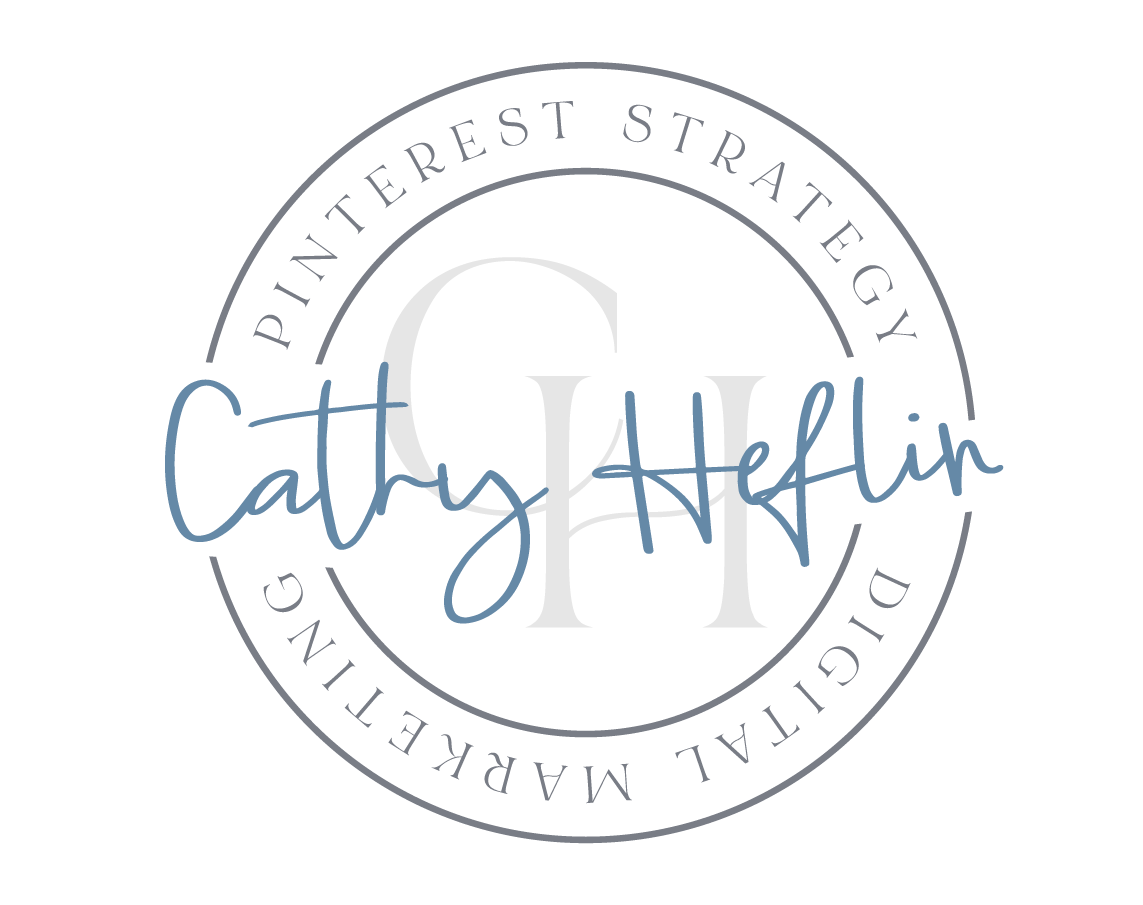The Benefits of Adding an Informational Blog to Your Online Shop: Why It's More Than Just Selling Products
In this blog, we are sharing the benefits of adding a blog to your e-commerce shop. Blogging is incredibly powerful for boosting SEO and increasing traffic to your online shop. While we are sharing about adding a blog to your shop’s website, there are other ways to add free informational content. Other ideas include video content and podcast notes. So, as you continue to read, remember you can swap out our reference to a blog for another type of content.
📌 Save this for Later!
The Reasons We Recommend E-Commerce Shops Include Informational Content on their Website
We recommend online shops have a blog (or other free informational content - Video, Podcast notes) on their website for several reasons:
Boosting SEO
A blog can improve the online visibility of an online shop by boosting its search engine optimization (SEO). By consistently publishing high-quality informational content that is relevant to the online shop's products, the shop can attract more traffic to the website and increase its visibility on search engines (Google, Pinterest). By using targeted keywords in your blog posts, you can attract more traffic to your website and increase your search engine rankings. Most of us go to a search engine when we are ready to make a purchase. We add in a search term and wait for the engine to tell us what meets our needs. With information content, shops are giving search engines further information to allow them to match potential customers with their shops.
Establishing Expertise and Authority
By providing helpful and informative content, an online shop can establish itself as an expert in its niche. When potential customers get to know you through your free content, you are building trust with them and increasing their confidence in the online shop's products and services.
Increase Brand Awareness
Blogging is an effective way to increase brand awareness and create loyal customers. Sharing blog content related to your niche will allow new, cold customers to find your shop.
Drive Traffic
A blog can also be used to drive traffic to your e-commerce shop. By linking to your product pages within your blog posts, you can encourage readers to explore your shop and make a purchase.
Engaging with Customers
A blog provides an opportunity for an e-commerce shop to engage with its customers and build relationships. By allowing comments on blog posts and responding to them, an online shop can answer questions and foster customer relationships.
Promoting Products
A blog can be an effective platform for promoting products and driving sales. By creating content that showcases products and highlights their features and benefits, an online shop can encourage potential customers to make a purchase.
Providing Value to Customers
A blog can provide value to potential customers beyond just selling products. By providing useful information, tips, and advice related to the products, an online shop can establish itself as a valuable resource for customers. This can increase customer satisfaction and loyalty.
Overall, having a blog on an online shop's website can be a valuable marketing tool that can help drive traffic, engage with customers, and ultimately increase sales.
What Can E-Commerce Shops Blog About?
There are many topics that an e-commerce shop can blog about, depending on their niche, products, and target audience. Here are a few examples of ideas an online shop can add to a blog:
How-To Guides
Provide step-by-step guides on how to use your products or how to solve common problems related to your industry. This can help to educate your customers and provide them with value beyond just selling products. Giving examples of products in use is a great way to build excitement around the product and to give potential customers trust in how the product will work for them.
Product Reviews
Share reviews of your products, highlighting their features, benefits, and unique characteristics. This can help to educate your customers and provide them with the information they need to make a purchase. Consider customer reviews and testimonials as well (see below).
Industry News
Share the latest news and trends in your industry, including new product launches, updates, and trends. This can help to establish your shop as an authority in your niche and keep your customers informed.
Customer Success Stories
Share stories and testimonials from satisfied customers, highlighting their positive experiences with your products and services. This can help to build trust and credibility with potential customers and encourage them to make a purchase. Personally, I always read customer reviews before purchasing a product. This is an important feature in building trust in the product.
Seasonal Content
Create content related to seasonal events or holidays, such as gift guides, decorating ideas, or seasonal recipes. This can help to engage your customers and provide them with ideas for using your products during different times of the year. Shops can also add product links to their blogs to encourage potential customers to purchase the items featured in the seasonal content.
Behind-the-Scenes
Offer a behind-the-scenes look at your e-commerce shop, including the people and processes behind the scenes. This can help to humanize your brand and build a connection with your customers.
Conclusion
Overall, there are many benefits to adding information content, such as a blog, to your E-Commerce Website. While selling products is your main focus, blog content will increase traffic and build trust with potential customers. Create content that is relevant, valuable, and engaging for your target audience. By providing informative and entertaining content, you can build a relationship with your customers and encourage them to make a purchase.
📌 Save this for Later!



